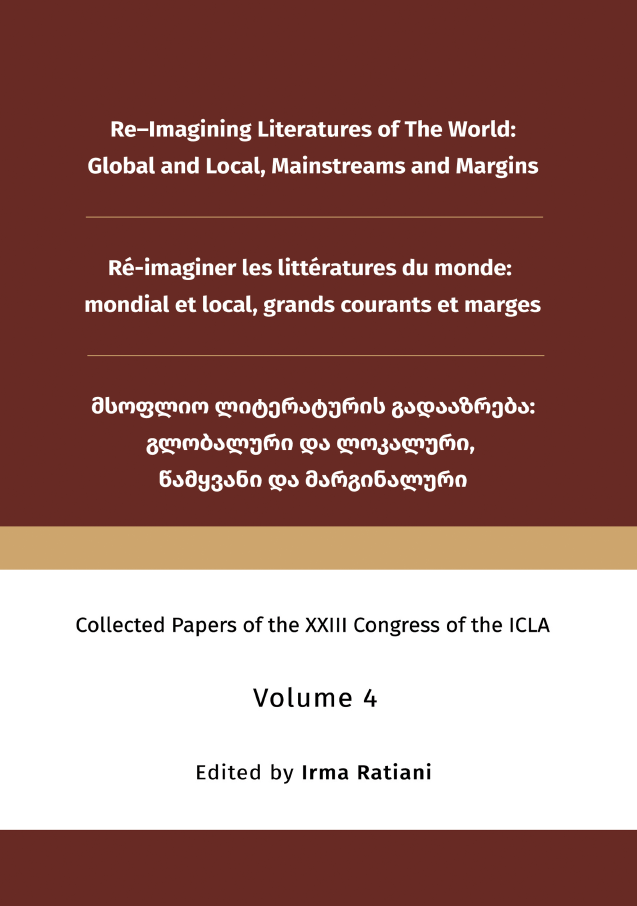Language and Lesser Forms of Language: Arabi-Malayalam Negotiating the Canon with Malayalam :iterary Listoriographies
Main Article Content
Abstract
This chapter examines the formative relations between Malayalam and Arabi-Malayalam, a scriptorial variant of Malayalam that employs Arabic script and popular among the Mappila Muslim community of Malabar region of the present Kerala. As a linguistic form of peculiar scriptorial pattern and ethnic-religious affiliation, Arabi-Malayalam had been invariably been overlooked, appropriated, and misrepresented in seminal documentary records of Malayalam such as historiographies, dictionaries, etc. This has undoubtedly been conducive to the near-extinct state of the linguistic form. This particular paper examines four selected major literary historiographies of Malayalam written across a span of almost a century, i.e. the ones written by P. Govinda Pillai (1881), R. Narayana Panickar (1941), Ulloor S. Parameswara Iyer (1954), and Dr. K. Ayyappa Paniker (1977). This will not only facilitate a diachronic view of the mutualities between both the linguistic forms, but also shed light on the continuities and disjunctures between them. Consistent across these works is the appraisal of Arabi-Malayalam as no longer part of ‘the language’ or as a lesser form of the language. This practice of lessening, the paper argues, was administered through a continual discursive praxis of historiographical manoeuvring and selective documentation. The paper emphasises the act of ‘folklorization’ which serves the Mappila literary practices in Arabi-Malayalam to be temporalised in a primitive pre-modern time and space on the literary timeline of the region. Hence the category of folklore is discerned not only as an aesthetically driven one, rather a politically motivated one as well.
